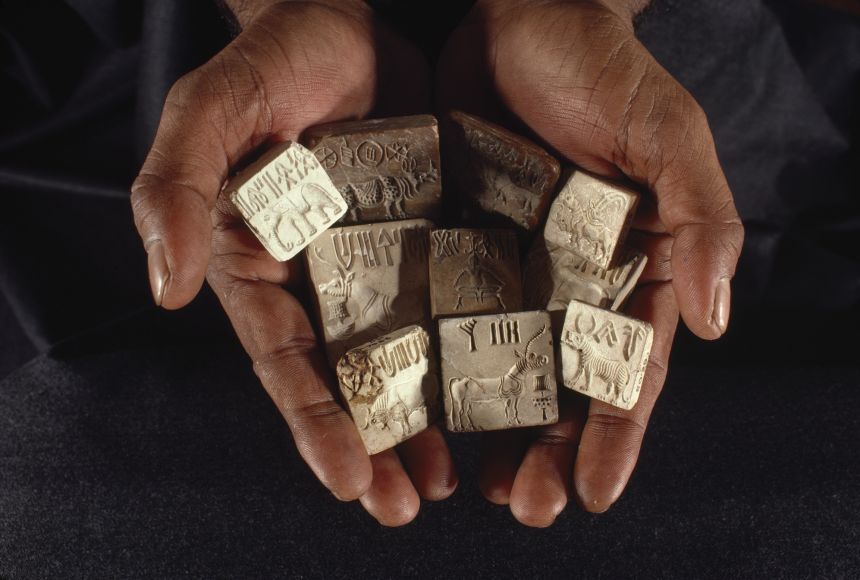ARTICLE
leveledARTICLE
Life in Ancient Cities
Life in Ancient Cities
What was life like in the earliest cities created by humankind? This question has been pondered by archaeologists and historians for centuries. With modern technology, scientific explorers have been able to gain insight into the past.
Grades
3 - 12
Subjects
Anthropology, Archaeology, Sociology, Geography, Human Geography, Social Studies, Ancient Civilizations, World History
Image
Harappan Seals
Harappan steatite seals often included images of animals or other decorations and script. It is speculated the seals were used by merchants to identify packages.
Photograph by James P. Blair

Media Credits
The audio, illustrations, photos, and videos are credited beneath the media asset, except for promotional images, which generally link to another page that contains the media credit. The Rights Holder for media is the person or group credited.
Director
Author
Production Managers
Program Specialists
Producer
other
Last Updated
April 4, 2024
For information on user permissions, please read our Terms of Service. If you have questions about how to cite anything on our website in your project or classroom presentation, please contact your teacher. They will best know the preferred format. When you reach out to them, you will need the page title, URL, and the date you accessed the resource.
Media
If a media asset is downloadable, a download button appears in the corner of the media viewer. If no button appears, you cannot download or save the media.
Text
Text on this page is printable and can be used according to our Terms of Service.
Interactives
Any interactives on this page can only be played while you are visiting our website. You cannot download interactives.
